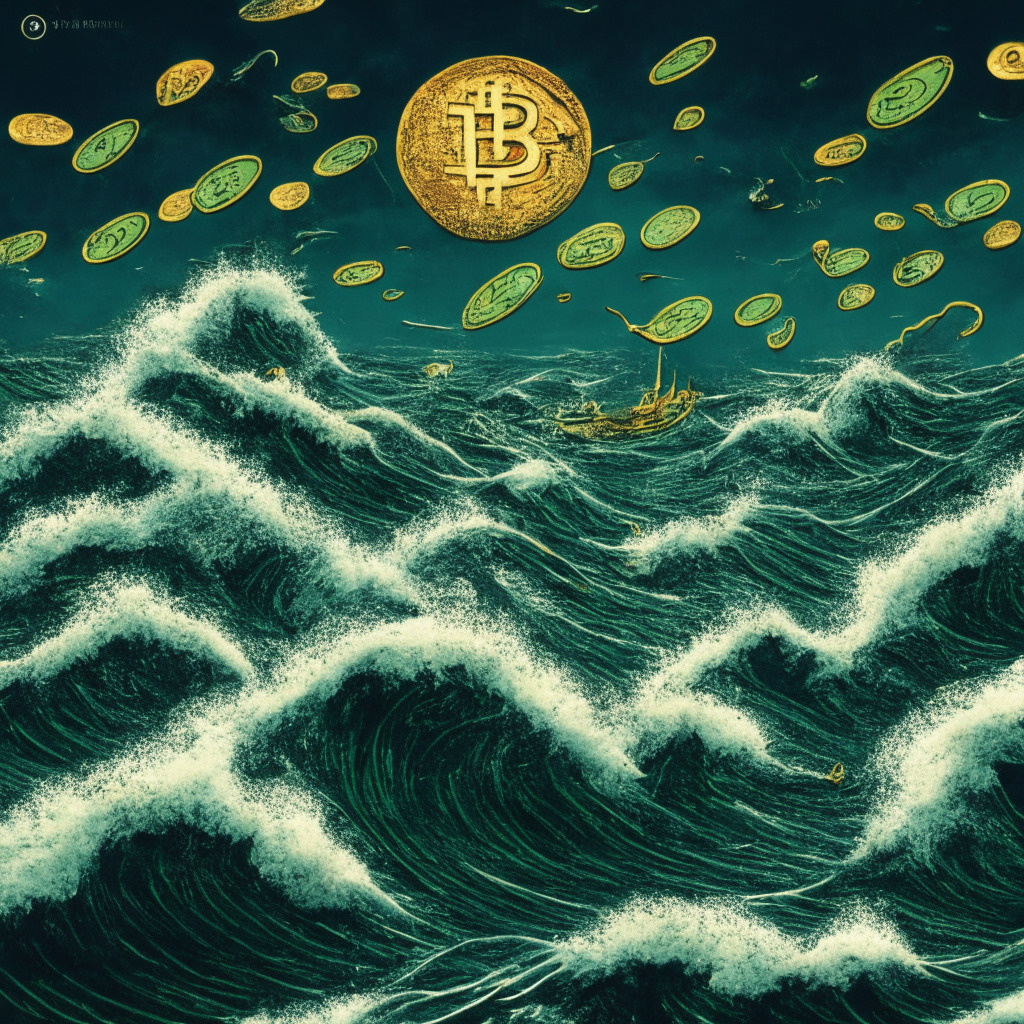In a recent interview with CoinDesk Japan, the general manager of Binance Japan, Tsuyoshi Chino, opens up about the role of stablecoins in bridging the gap between real-world economies and blockchain. Chino’s statements come as Binance prepares to re-enter the Japanese market through the acquisition of regulated crypto exchange Sakura Exchange BitCoin.
Chino explains that although the volatile nature of crypto prices leads to profit opportunities, it does not stimulate widespread demand for crypto assets. This is where stablecoins come in, as they provide stability in value, “We believe that stablecoins will serve as the glue between the real economy, the blockchain economy, and the Binance ecosystem,” he said. “When you do something stably, price fluctuations become noise.” Since stablecoins are pegged to traditional assets like fiat currencies, they are not subject to extreme price swings like cryptocurrencies such as bitcoin (BTC).
However, not everything is smooth sailing in the crypto market, as rival exchanges Coinbase (COIN) and Kraken have withdrawn from the Japanese market in the last six months, citing “market conditions.” Chino attributes this to the challenging conditions of “crypto winter,” where lowered valuations and trading volume impact the revenue generated from fees, undermining the traditional crypto exchange business model.
However, he emphasizes that Binance’s vision for “economic freedom” through crypto and blockchain technology surpasses present market conditions and the conventional exchange business model. Chino mentioned the multifaceted nature of the ecosystem, “For example, we will provide various services from a different angle to finance, and we will also provide various IP (intellectual property) contents in the form of Web3.”
Binance’s return to Japan next month comes two years after the country’s Financial Services Agency (FSA) warned the exchange of operating without permission. Gaining regulatory trust is crucial for success in Japan, and ensuring a proper understanding of Binance’s products and technology is at the core of this trust-building strategy. Chino admits that there’s still a way to go in terms of clarity and comprehension, “We are confident about our product and technology, but we are still a long way off in terms of whether the company Binance and its activities are properly understood.”
In conclusion, while stablecoins are viewed as vital connectors between real-world and blockchain economies, the challenges posed by market conditions and gaining regulatory trust cannot be downplayed. Binance’s aspirations for a more unified ecosystem may help push the envelope towards broader crypto acceptance, but only time will reveal the extent of their success.
Source: Coindesk




